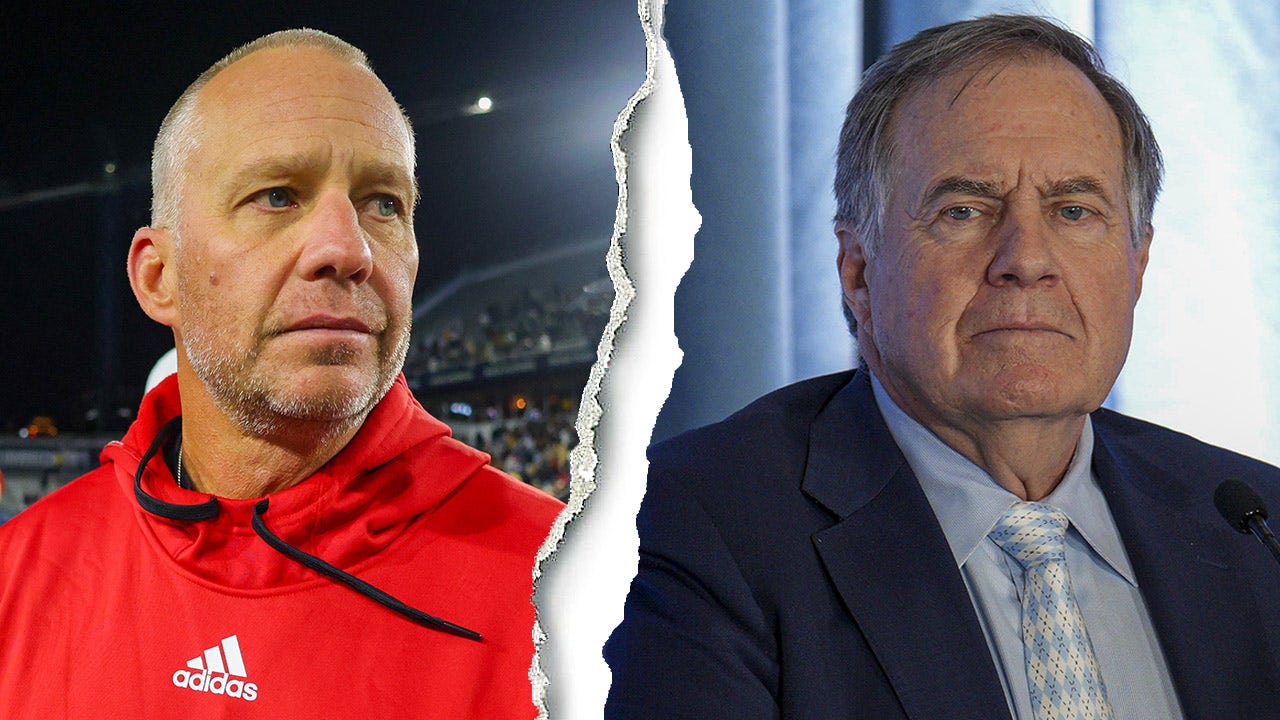It’s not easy for me to say that. I was raised on inflation targeting. It was my monetary policy religion. Most economists of my vintage were dutifully taught that after generations of ineffective or damaging monetary policy tools, we had finally figured it out. Credible communication was among the Fed’s most powerful tools. And if the Fed committed to an inflation target, it would become self-fulfilling, as markets would price in the target and wage contracts would be set accordingly. And that would give policymakers discipline to keep inflation stable and predictable. After all those years of mistakes, we thought we’d cracked the code.
It sounded good in theory. But the inflation-targeting track record isn’t great. In 2012, the US adopted an inflation target of 2%. Shortly afterward inflation fell below that level and mostly stayed less than 2% until the pandemic. Neither Canada’s or the UK’s experience was much better. And now, despite the central bank’s best efforts, inflation doesn’t seem like it’s going back to 2% anytime soon, which could be the final death knell for the target’s reliability with markets.
True, monetary policy works on long lags, but the Fed has been serious about fighting inflation for more than a year and so far just keeps predicting it will fall much faster than it actually does. The Fed’s current forecast of 2.8% this year, 2.5% next year and 2% after that is looking extremely optimistic unless it plans several more big rate hikes — or there’s a recession, which seems inconsistent with its forecast that unemployment will peak at only 4.6% for the next two years and growth will stay positive.
Perhaps the Fed is still pumping out sunny forecasts because it sees the bond market is anticipating low inflation in the next few years. They should realize that, historically, the bond market hasn’t been a good predictor of inflation, and it’s also not pricing in the significant rate increases that would be required to get to 2%. The 2-year bond yield is still less than 5% and the 1-year is just above 5%, and the Fed funds rate will probably have to go to at least 6% to break inflation. For what it’s worth, consumers are more skeptical that inflation will get back to 2%.
There are four probable scenarios as this stage:
• The Fed increases rates a few more times and markets (and the Fed) get the soft landing they are apparently counting on, where inflation will fall and eventually stabilize around 2% without a big increase in unemployment or decline in growth. Federal Reserve Chairman Jerome Powell looks like a hero who saved the economy.
• The Fed increases rates a few more times and inflation falls, but not back to 2%. The Fed lets this ride and everyone learns to live with higher inflation.
• The rate increases thus far plus another increase of half a percentage point turns out to be enough to cause a recession as the overheated economy runs out of steam, taking inflation back to 2%. Monetary policy will get credit for lowering inflation, but will share the blame for the recession with general post-pandemic economic weirdness.
• The Fed keeps increasing rates until inflation falls back to 2% no matter what happens to the labor market. Everyone hates the Fed, but credibility is maintained.
The most likely scenario is #2, which is basically the more realistic version of a soft landing made possible by a robust labor market. Yet a soft landing could be exactly the thing that kills inflation targeting. Lowering inflation and getting the rate of inflation to 2% are two different things. I expect a soft landing will involve settling into a new, but higher level — say 3% or 4% without a recession or significant job loss. This seems more likely than falling all the way back to 2% because at this stage inflation is coming from wage increases and the service sector, which are hard to slow down. Longer term, there are structural reasons to expect higher inflation.
And at that point the Fed is in a bind. The economy can be in a healthy place with 3% or 4% inflation. Some economists claim those rates would have been a better target to begin with. But it isn’t the target we have. A decade ago, 2% seemed like a feasible target and it allowed the economy to grow while still offering some level of certainty, but it might not fit now. Getting inflation down that extra bit might require the Fed to go hard, jacking rates well above 5% and harming the labor market and an otherwise healthy economy — just to keep its commitment to 2% inflation that was set when the economy was in a very different place.
Based on the current interest rates it seems markets don’t believe the Fed will bring its policy rate much above 5%. So markets appear to be ruling out scenario #4. And for good reason. It’s the least likely. Tough talk from the Fed is cheap when unemployment is 3.4%. It’s been more than 40 years since the central bank has undertaken contractionary policy that had a big and negative impact on the economy. Does it truly have the mettle to harm an otherwise good economy just to reach a target most people don’t even understand?
Some economists might think it’s worth causing a recession to maintain the Fed’s credibility, but Americans won’t tolerate losing their job because of some nebulous central bank policy. I can’t imagine how the Fed would explain such a policy choice to the public in its next Fed Listens session.
No wonder markets are still not pricing in aggressive Fed policy.
But if the Fed doesn’t get inflation to 2%, where does that leave inflation targeting? If the Fed changed the target to 4% and declared victory, it would seem obvious it was doing that because it couldn’t get to 2%. And if that’s the case, the target has no meaning because the whole mechanism relies on the Fed’s credibility to do what it says.
I suppose there’s a remote chance of achieving #1 — an unprecedented soft landing where inflation actually falls all the way to 2% without a recession. Or we get to #3 — the Fed’s rate hikes have done their work and a recession is already brewing that will bring about 2% inflation.
If not, the future doesn’t look good for inflation targeting.
And that will be a big deal. Inflation targeting and credible communications have become the hallmarks of good monetary policy. If we admit that credibility doesn’t exist, and maybe never did, it will require a total rethink of how central banks conduct monetary policy.
More From Bloomberg Opinion:
• Money Doesn’t Make America’s Economy Go Around: Bill Dudley
• US Consumers Don’t Save Much But Their Companies Do: Tyler Cowen
• Big Grocery Bills Are Here to Stay: Leticia Miranda
This column does not necessarily reflect the opinion of the editorial board or Bloomberg LP and its owners.
Allison Schrager is a Bloomberg Opinion columnist covering economics. A senior fellow at the Manhattan Institute, she is author of “An Economist Walks Into a Brothel: And Other Unexpected Places to Understand Risk.”
More stories like this are available on bloomberg.com/opinion















































